Independent Collectors
Elayne & Marvin Mordes
The sun has just risen over the eaves when we meet on Park Avenue one peaceful January morning and Marvin and Elayne Mordes seem just the way we’d had hoped – warm, open and sympathetic.

The sun has just risen over the eaves when we meet on Park Avenue one peaceful January morning and Marvin and Elayne Mordes seem just the way we’d had hoped – warm, open and sympathetic. And, to top it all off, armed with a splendidly elaborate style of dress.
So it is a little difficult not to regard us as somewhat out of place when, shortly afterwards, Elayne & Marvin Mordes and myself seat ourselves round a gaudy plastic table in a diner that would make almost anyone forget that Seinfeld was actually shot far away on the other side of Central Park and not here, off Park Avenue.
Elayne explains that we have landed at the place where she and Marvin habitually take their breakfast when they are in New York. Although they actually live in West Palm Beach, they regularly visit the city to check out exhibitions, visit galleries and meet friends. On this occasion it is the Armory Show that has brought them to New York where, as usual they have the use of a friend’s apartment just round the corner.
Let us make it clear right from the start that Elayne and Marvin Mordes are collectors from a past era. The sort of collectors who, forty years after the spark of their initial purchase, know everyone, have seen everything and have become wise to all the pitfalls. Quite simply, old-school collectors. One can’t help wondering how it all started. So while waiting for our coffee and fruit salad I ask Marvin and Elayne to begin from the beginning.
Marvin: “It all started in 1976. At that time I had a residency as a neurologist at the University of Pennsylvania in Philadelphia. I worked together with a co-resident, the minor difference being that I was the doctor who mostly got to see the patients while he spent his days rushing around among the art galleries in Philadelphia. Whenever I needed him he was simply not there. And at that time there were no cell phones. All we had were pagers, generally known as beepers. Anyway, the day came when he was to be the duty doctor and needed to get hold of the duty pager. I set out for the galleries in downtown Philadelphia to look for him. I finally ran him to earth at what later transpired to be one of the city’s better galleries.”
“I handed over the pager and my colleague rushed off, leaving me in the gallery. But just as I was about to leave the gallery myself the lord of the universe must have had a hand in things, for the skies opened and I was trapped in the gallery by a hurricane outside. The owner suggested that I should sit down and he would teach me something about art. This was just about the last thing that I wanted to do but, to cut a long story short, I left the gallery two hours later with a drawing by Mark Toby under my arm. And this was the first time that my dear wife chased me with a frying pan while screaming instructions to take it back to the gallery.”
Elayne: “It cost more than you earned in a whole year at that time.” And so Mark Toby initiated the collecting that followed. And what vigorous collecting this proved to be! Firstly on the chosen path – with paper-based art.
E: “Since we were not living in New York we were a long way from galleries and exhibitions, but we had lived in Europe for five years and had visited a fair number of museums during that time. I had graduated in the history of art and music but, for Marvin, this was uncharted territory. We were inexperienced so we quite simply started buying things that we liked. Colourful art prints by Calder and others to begin with.”
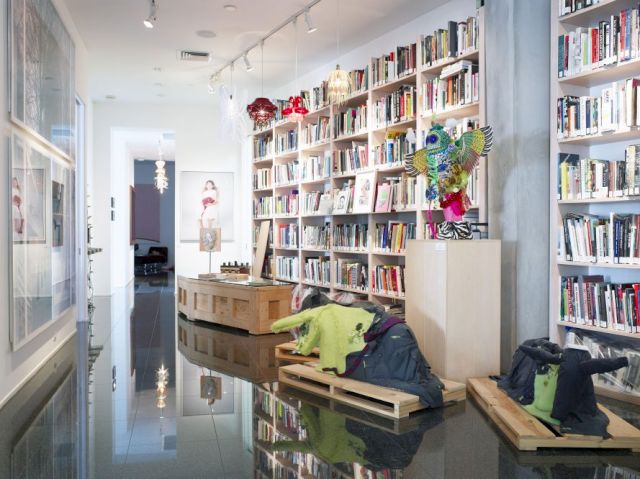
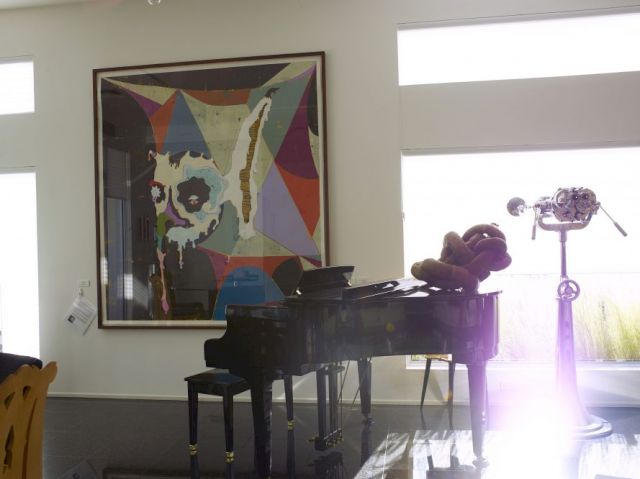
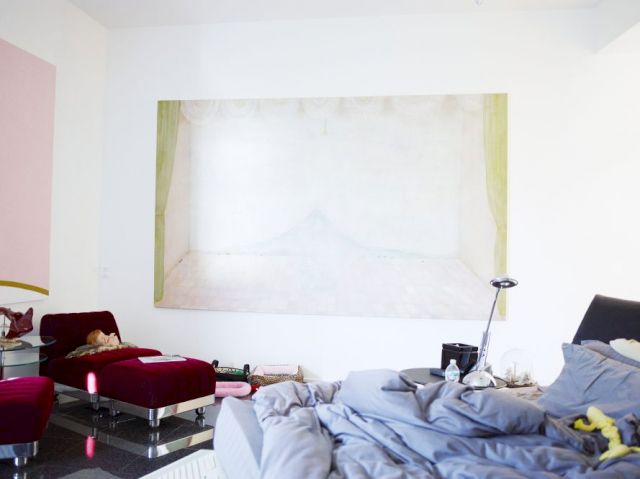
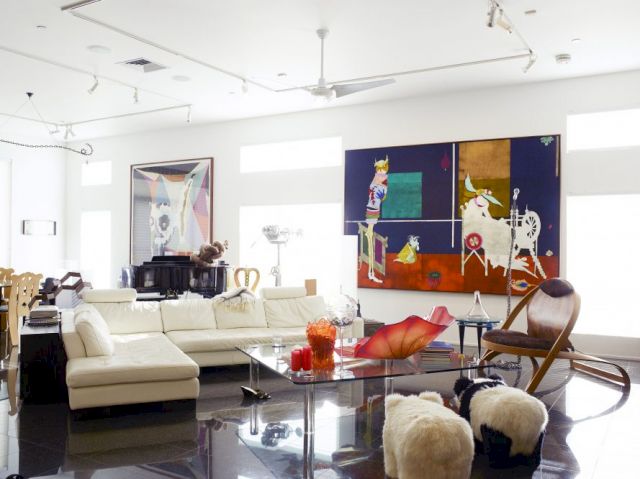
Their own taste and their modesty in purchasing things that they really liked are still valid today. But their curiosity would involve them both in numerous purchases and sales of artworks over the years. The first collection of paper-based art was rapidly replaced by others, with their growing interest in American artists of the 1920s and 1930s like Martin Lewis and Armin Landeck. But, so far, they had only just begun.
E: “Thanks to an article in the New York Times we became interested in contemporary American art with the likes of Rauschenberg, Stella and Rosenquist. So we sold our earlier acquisitions and started collecting them, though we still had a feeling that we had not really reached our goal. And we ended up selling everything once again.”
So we sold our earlier acquisitions and started collecting them, though we still had a feeling that we had not really reached our goal. And we ended up selling everything once again. There was quite a long detour through the world of contemporary art handicraft before they came across the path to the particular form of contemporary art that would come to feel just right.
M: “We bought a work by the painter John McLaughlin. A strictly minimalist, white painting with two black rectangles. And when we hung it at home it felt just right.”
But this strain of collecting proved difficult to begin with. Competition between New York galleries in the 1980s was tough, to say the least. Waiting lists with up to a hundred or so eager collectors and promises to contact clients if something turned up made the situation almost impossible for new collectors. Their breakthrough came when the Mordes visited Germany. When the art fair ended Elayne and Marvin were able to fly back home with five spontaneous purchases.
E: “When we reached home and hung our acquisitions together with the McLaughlin painting everything felt right. Now we were definitely on the right track! So we continued our visits to Europe and that is why people regard our collection as being so European.”
The collection definitely was European and Marvin and Elayne started a series of regular visits to Europe, concentrating on one country at a time. They also purchased works by Americans, though these were almost always artists who were popular in Europe.
“I have not become richer by owning these artworks. But they have enriched my life and challenged my thinking.”
ELAYNE & MARVIN MORDES
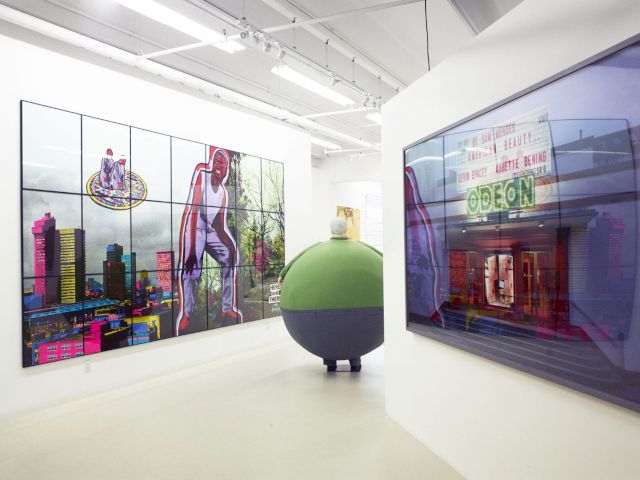
It is not difficult to understand why the Mordes have friends all over the globe. They are, simply, that kind of collector – the sort that values meeting the artist, the gallery owner and the artistic environment just as highly as the artwork itself. And, over the years, they have built up more friendships than most of us. One such close friendship was with the American conceptual artist Joseph Kosuth, prompted by their purchasing one of his paintings.
E: “As thanks he sent us presents for several years thereafter. But that is a dying custom, just as are collectors like us who have been around since that time. Today’s collectors do not get to meet the artists in the same way. Their work has, instead, become something people invest in. Anyway, we took a mortgage on our home in order to pay for all the art we bought, and when we told Joseph about this he positively collapsed with laughter. But what were we to do? Marvin had only been working for a few years at that time, and we were insane. Totally mad!”
M: “Precisely. Once I wanted to buy a Richard Long from our German friend, gallery-owner Konrad Fischer. We nagged and nagged at him and he finally sent us a fax. I’ve still got it somewhere. It read: ‘Don’t call me, write to me, or fax me. I’m giving in. You can buy the work.’ And so we did.”
And our collecting continued in that vein. By concentrating on the European galleries, including the Wetterling Gallery, Marvin and Elayne built up their collection. The recipe remained simple from the start. They bought whatever their gut feeling told them to buy – always cutting edge, and always among the first. And they have continued along those lines up until the present. But you need to be quick. Prices have often risen too much when they have wanted to purchase another work by the artist.
In 2006 they took their next step – their very own exhibition premises. In fact their own museum in a former warehouse in West Palm Beach where they had recently moved. Whitespace – The Mordes Collection was born. The premises cover more than 10 000 square feet, most of which is exhibition space. There is also a large space dedicated to other curators. With Elayne at the helm they show international and more regional art in West Palm Beach which is otherwise largely devoid of galleries.
At present they organize one exhibition each year as well as their own, constantly changing collection. In the space devoted to their collection, as well as hanging in their private quarters, are works by the likes of Frank Gehry and Richard Artschwager.
E: “We regard it as our responsibility to share our understanding of contemporary art, both by show-ing our own collection and noting all that is happening on the art scene.”
One doesn’t need to spend much time in their company to realize that their thirst for knowledge, exhibitions and new acquisitions has not lessened since that rainy afternoon in Philadelphia almost 40 years ago. And later, while on my way out of the Seinfeld-style diner, I somewhat hastily ask Marvin whether he thinks that I should start collecting, he gives a perfect summary.
M: “When all’s said and done, I have not become richer by owning these artworks. But they have enriched my life and challenged my thinking. For us, collecting is a reflection of our passion and our personalities – never merely an ego trip.”
SADLY, MARVIN MORDES DIED SUDDENLY ON A VISIT TO BERLIN WITH HIS WIFE ELAYNE PRIOR TO THE PUBLICATION OF THIS INTERVIEW.
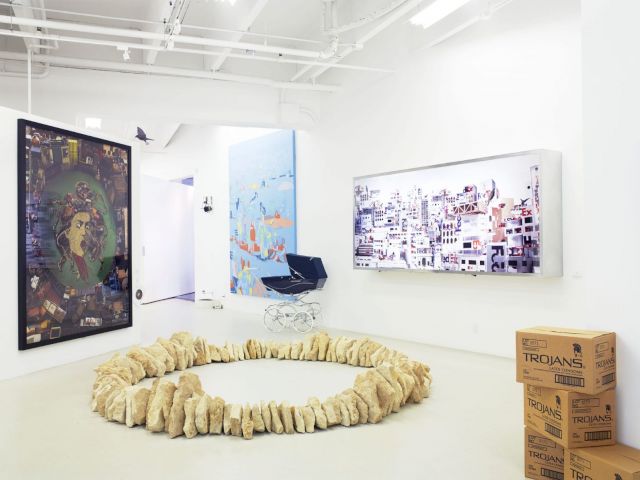
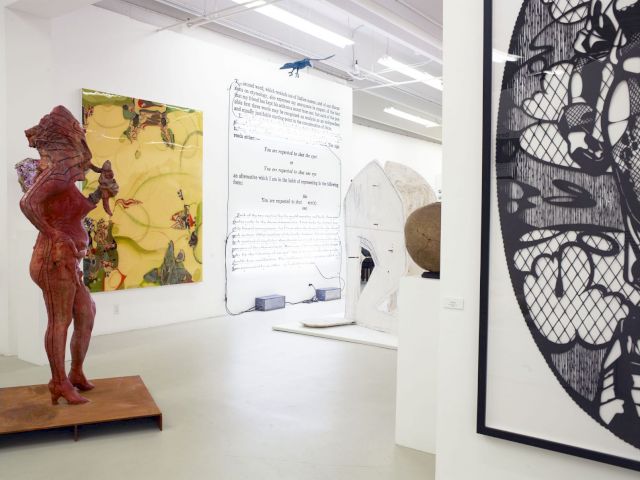
TEXT BY ARVID NITTVE
PUBLISHED BY WETTERLING GALLERY
IDEA & PRODUCTION BY LE BUREAU
“It’s Mine – A Tribute To Art Collectors” is a stunning 320 page book that portrays 33 Swedish and international art collectors and artists who have dedicated much of their lives to owning and creating art, supported with intimate interviews accompanied by personal portraits taken specifically for the publication.